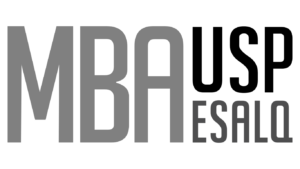Starting plans and strategies is not always simple. Therefore, several organizational methodologies, such as OKR, were created and tested so that people could choose the ones that best fit their personal and professional needs.
OKR is an acronym for objectives and key results. This methodology has been used by Google since the 2000s and simplifies the way to face the main objectives of the company.
The objectives
For the methodology to function, it is important to have a clear direction to follow and know what it is intended to achieve. This is the role of stipulating the objectives, which also helps to engage all those involved more directly.
Even if they don’t leave doubts about the focus, the objectives still depend on the key results.
Key results
Part of the planning to make the objectives really happen is to establish the key results. They act as smaller and achievable goals to reach the main target.
For example, if your objective is to become authority in the market of your segment, you can define some key results, such as forming five co-marketing partnerships, increase digital engagement by 50%, or rank in 1st place in Google searches with a specific keyword.
Each objective then starts to have other goals, secondary and measurable, which helps in its completion in an exact and reliable way. However, if applying OKR is too easy, the tip is to bet on larger ideas, which requires maximum performance of the team’s potential.
Let’s put OKR into practice!
OKR strategy can be very complex, so we separate five suggestions for you to structure the methodology more easily:
- Be specific: OKR has no room for complications. All members of the team need to know exactly where you want to go. Besides aligning the participants of the project or the employees of the company, specificity helps to motivate those involved.
- Split between top-down and bottom-up: don’t let OKR be established only by leaders and managers. The idea is that they consolidate themselves “from top to bottom and bottom to top”, involving the view of the entire team.
- Determine short times: too long key results can harm the efficiency of the process. Think of closer dates when applying OKR, even to help keep in mind the sense of motivating urgency.
- Follow the results: with these shorter times, it is interesting to constantly follow the results in order to generate consistency in the work. One idea is to evaluate these numbers weekly, even if the deadlines are still running.
- Please note: leaving the OKR exposed, in a prominent place, contributes to the feeling of transparency. Instead of pressing the team, the idea is to really inform participants of the stages of the process and what has already been achieved.
- Bonus: Effort is not synonymous with results: if the entire team is working and presenting good performance and, still, the results do not appear, it is necessary to make adaptations after identifying what is wrong.
Did you know about the OKR methodology before? Tell us 😉

